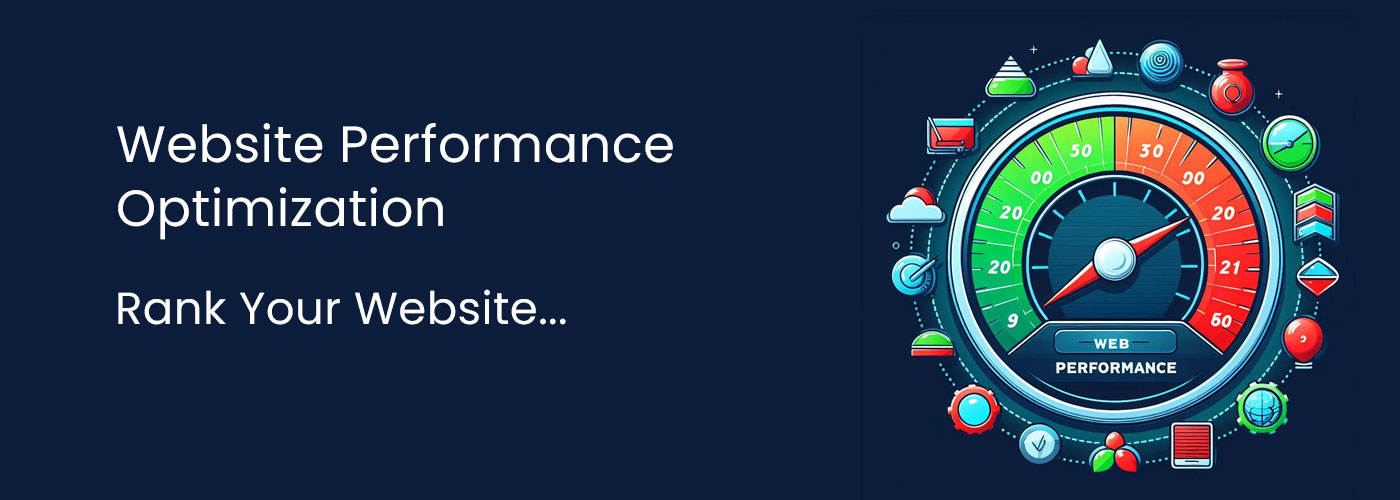News Blast
Your daily source for breaking news and insightful articles.
Turbocharge Your Site: Secrets to Lightning-Fast Load Times
Unleash the secrets to turbocharge your site! Discover proven tips for lightning-fast load times that boost traffic and enhance user experience.
Essential Techniques to Optimize Your Site's Loading Speed
In today's digital landscape, loading speed is crucial for user experience and SEO rankings. To ensure your site loads quickly, begin by optimizing images. Large images can significantly slow down your site, so use tools that compress images without sacrificing quality. Additionally, adopt lazy loading techniques, which only load images as they are needed when a user scrolls down the page. This approach can drastically reduce the initial loading time, enhancing overall site performance.
Another essential technique to optimize your site's loading speed is to leverage browser caching. By enabling caching, you allow frequently accessed resources to be stored locally in a user's browser, reducing the load time for returning visitors. Moreover, consider minimizing HTTP requests by consolidating CSS and JavaScript files, which streamlines the number of elements the browser has to load. Implementing these strategies can lead to a faster, more efficient website that keeps users engaged and improves your search engine ranking.

5 Common Mistakes That Slowing Down Your Website
When it comes to optimizing your website's performance, it is crucial to avoid common mistakes that can significantly hinder loading times. One prevalent issue is large image files. High-resolution images can slow down your website considerably, especially on mobile devices. To mitigate this, consider compressing your images and using the appropriate file formats, such as JPEG for photos and PNG for graphics with transparency. Another mistake that users often overlook is the lack of browser caching. By enabling browser caching, you can store static resources on the user's device, allowing for quicker loading times on subsequent visits.
In addition to the above, many website owners neglect unoptimized code as a factor contributing to their site's sluggishness. This includes bloated HTML, CSS, and JavaScript files that can be streamlined for better performance. Utilizing tools to minify these files can lead to faster loading speeds. Lastly, relying on too many plugins can complicate your website's functionality and slow it down. It’s essential to keep only the necessary plugins and regularly audit their performance to ensure they are not negatively impacting your site speed.
How to Measure and Improve Your Website's Load Times
Measuring your website's load times is crucial for enhancing user experience and improving SEO. To start, use tools like Google PageSpeed Insights or GTmetrix to analyze your site's performance. These tools provide detailed reports on load times and highlight specific areas for improvement. When evaluating load times, pay attention to key metrics such as First Contentful Paint (FCP) and Time to Interactive (TTI), which will give you insights into how quickly your users can see and interact with your content.
Once you've gathered data on your website's performance, the next step is to implement optimizations. Consider the following strategies to improve load times:
- Minimize HTTP Requests: Reduce the number of elements on your page to decrease the amount of requests sent to the server.
- Optimize Images: Compress and resize images to ensure they load quickly without sacrificing quality.
- Leverage Browser Caching: Set up caching to store frequently accessed resources locally in users' browsers, reducing load times on subsequent visits.